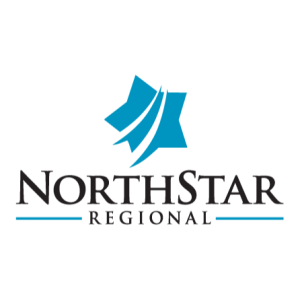“Rule 25 Assessment” has now changed to “Direct Access”. Continue reading to learn about the changes this will have on your care options by understanding what the key differences between Rule 25 and Direct Access are:
WHAT ARE RULE 25 ASSESSMENTS?
In order to receive public funding for chemical dependency treatment, an individual needs to have a chemical use assessment completed by a Rule 25 assessor; this is also known as a Rule 25 Assessment. In Minnesota, the process of the assessment and the criteria the decision is based upon are governed by Rule 25. Under Rule 25, an assessor gathers information about an individual and decides whether the individual needs treatment and if so, what type will be the most beneficial. Anyone can request an assessment for themselves or for another person.
Note: Rule 25 Assessments ended June 30, 2022. Rule 25 Assessments are now Direct Access.
WHAT IS DIRECT ACCESS?
Direct access is a way for clients to connect with treatment services without having to go through a third party. This means that clients can make an appointment with a treatment provider directly, choose the type of treatment they want to receive, and choose the treatment provider they want to work with. There is no longer a need to fill out the assessment to get access, but there is now a comprehensive assessment.
WHAT ARE COMPREHENSIVE ASSESSMENTS?
Comprehensive assessments are a critical first step in the treatment process. Comprehensive assessments help identify clients’ needs, determine the right treatment approach, and identify which providers can best treat those needs. Assessments also help determine the setting in which to provide treatment (i.e. mental health therapy, substance abuse treatment center, co-occurring treatment center, etc.).
Comprehensive assessments typically include client interview and observation data as well as client self-report data on a variety of topics including:
- Drug and Alcohol Abuse Normative Evaluation System assessment
- What happens after taking a direct access assessment?
- Any previous diagnoses?
WHO CAN BENEFIT FROM DIRECT ACCESS?
Direct access therapy is for anyone who is ready to stop using drugs and alcohol, as well as for anyone ready to start treatment. People who are motivated and committed to making changes in their lives can benefit from direct access. It’s a great option if you want to get started with therapy right away, without having to wait months, or even years, which can sometimes be the case when seeking treatment through traditional routes.
WHAT HAPPENS AFTER COMPLETING A DIRECT ACCESS ASSESSMENT?
After completing the direct access assessment, you will be connected with a treatment provider that fits your needs, such as the following examples:
- If you’re looking for a new therapist, we’ll provide recommendations for clinicians who have experience helping people with similar issues.
- If you’re not sure what therapy might look like but want to give it a try, we can connect you with some options that might be good for beginners or first-timers, like yourself.
- If you’re interested in exploring different kinds of therapy and want help finding one that’s right for your personal needs, we can help there too!
WHAT IS TREATMENT COORDINATION AND PEER RECOVERY SUPPORT SERVICES?
Treatment coordination is the process of linking people with substance use disorders to the appropriate treatment services. Peer recovery support services are provided by trained peers who have personal experience with recovery and who support individuals in recovery. Peer recovery support services may include:
- Assessment of needs and goals related to substance use disorder treatment and records management.
- Follow-up calls or visits to ensure that individuals are accessing treatment.
- Provision of information about how to access community resources such as housing, food, medical care, legal assistance, and employment opportunities that can help improve their quality of life.
Finally, you should keep in mind that there are many additional ways for you to do research on your own or with a friend. You can reach out to local mental health facilities and they can provide you with helpful information, or Google can be a great resource when searching for help.
CONCLUSION:
Once you make the decision to get help for substance abuse, the last thing you want is to have to wait. Direct access allows you access to a comprehensive assessment and quickly be connected with the right treatment services. This way, you don’t have to wait around while your health declines further or waste time trying different treatments that don’t work. With direct access, clients are more likely to receive a diagnosis that is accurate, and this diagnosis can lead them towards recovery faster than ever before!



